Ferrari’s long-awaited successor to the LaFerrari is the Italian marque’s most powerful road car to date, drawing 1184bhp from a wild electrified V6 powertrain that fuses technology from the firm’s Le Mans-winning 499P with that of its Formula 1 racing cars.
Named the F80, the new hypercar has been unveiled just weeks after McLaren revealed its own new halo model, the W1.
The F80 reignites the two manufacturers’ long–standing rivalry and reboots two-thirds of the iconic ‘Holy Trinity’ of hypercars from the early 2010s.
The new hypercar is priced from £3 million and limited to just 799 examples (all sold), and it follows in the footsteps of the F40, F50, Enzo and LaFerrari in rewriting the rulebook for a road-going Ferrari, while also being fitted with a host of tech that makes it a “new benchmark for innovation”.
Powertrain
At the heart of the F80’s powertrain is a new version of Ferrari’s 3.0-litre twin-turbo V6. The engine can rev to 9200rpm and has been completely overhauled compared with the unit that powers the 296 GTB.
Parts from the 499P Le Mans car have been added to give it 888bhp in its own right, making it the most powerful engine Maranello has yet produced but no heavier than the 296’s engine.
Working in conjunction with the V6 engine are three electric motors: two on the front axle and one on the rear. Produced in-house (a first for Maranello), the front motors make 140bhp apiece, while the rear motor takes the form of an ‘MGU-K’ energy recovery unit.
The latter is similar in design to that found in the brand’s F1 cars and can recover as much as 94bhp through braking to automatically fill power gaps.
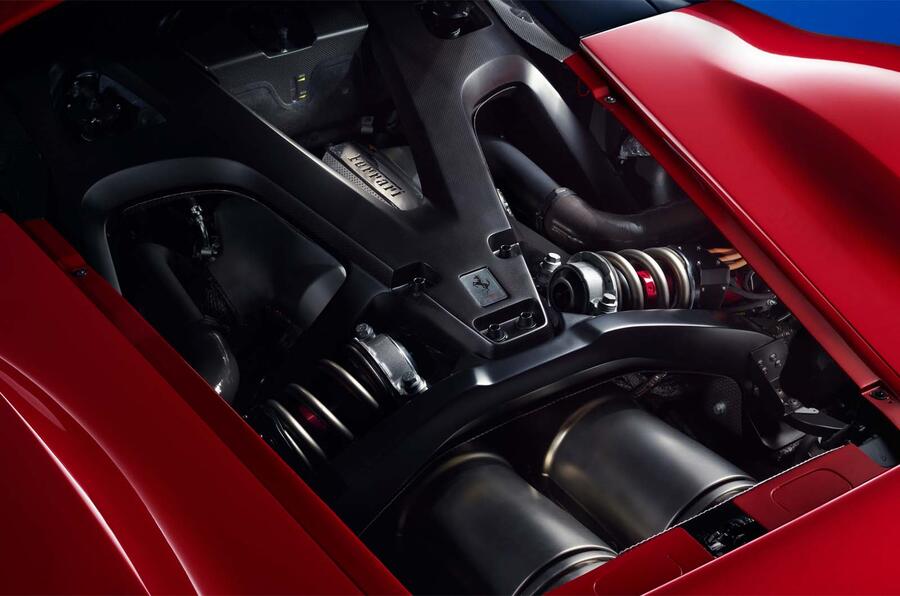

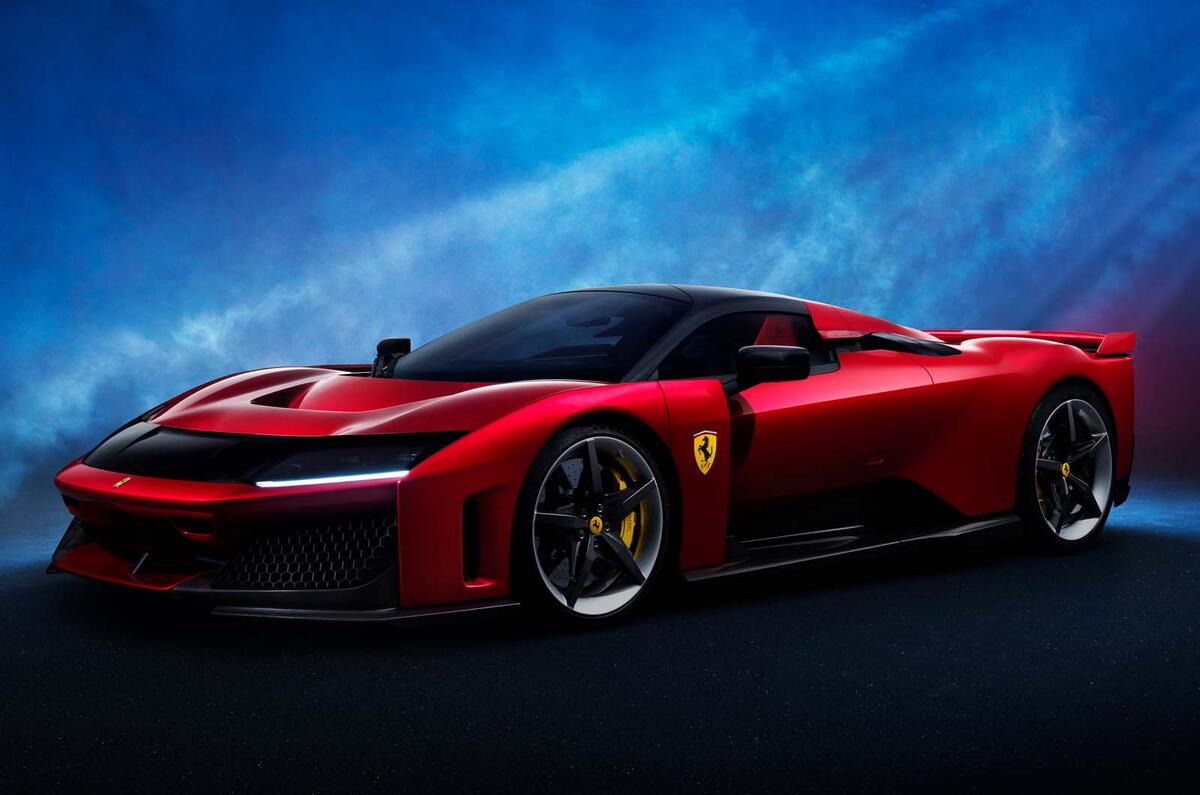
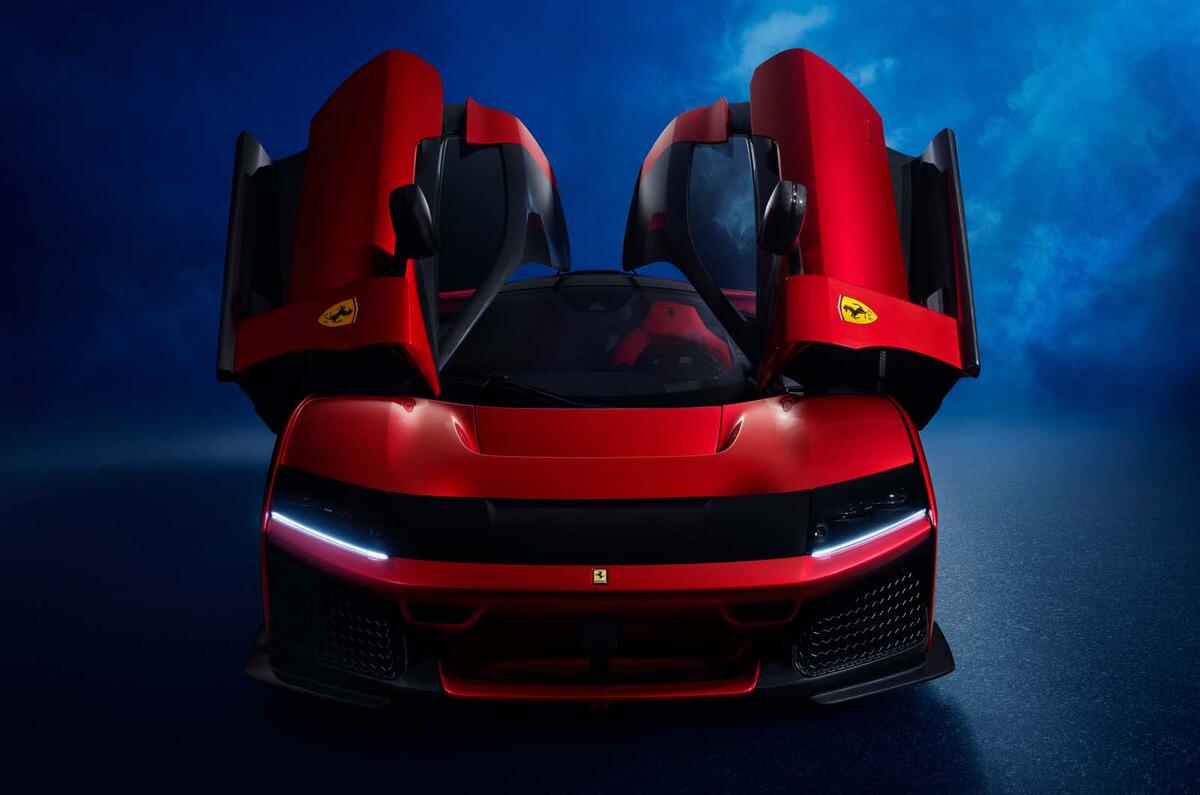
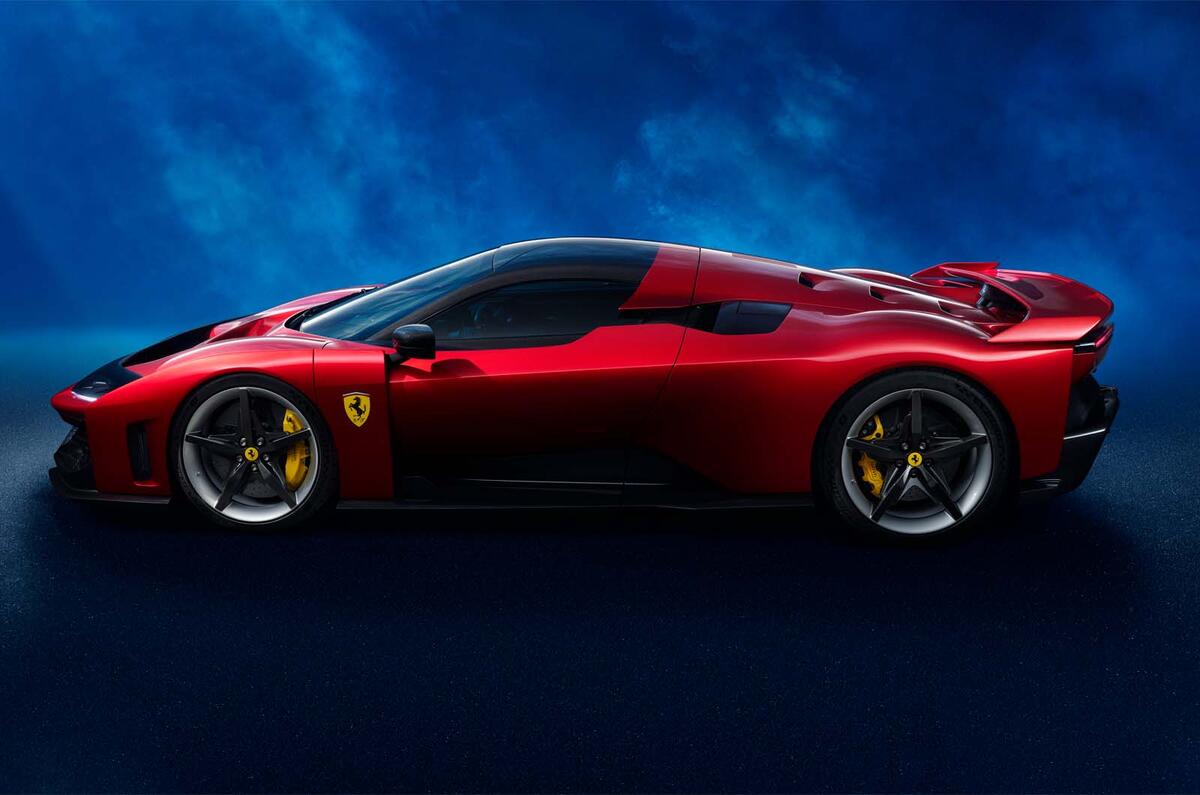
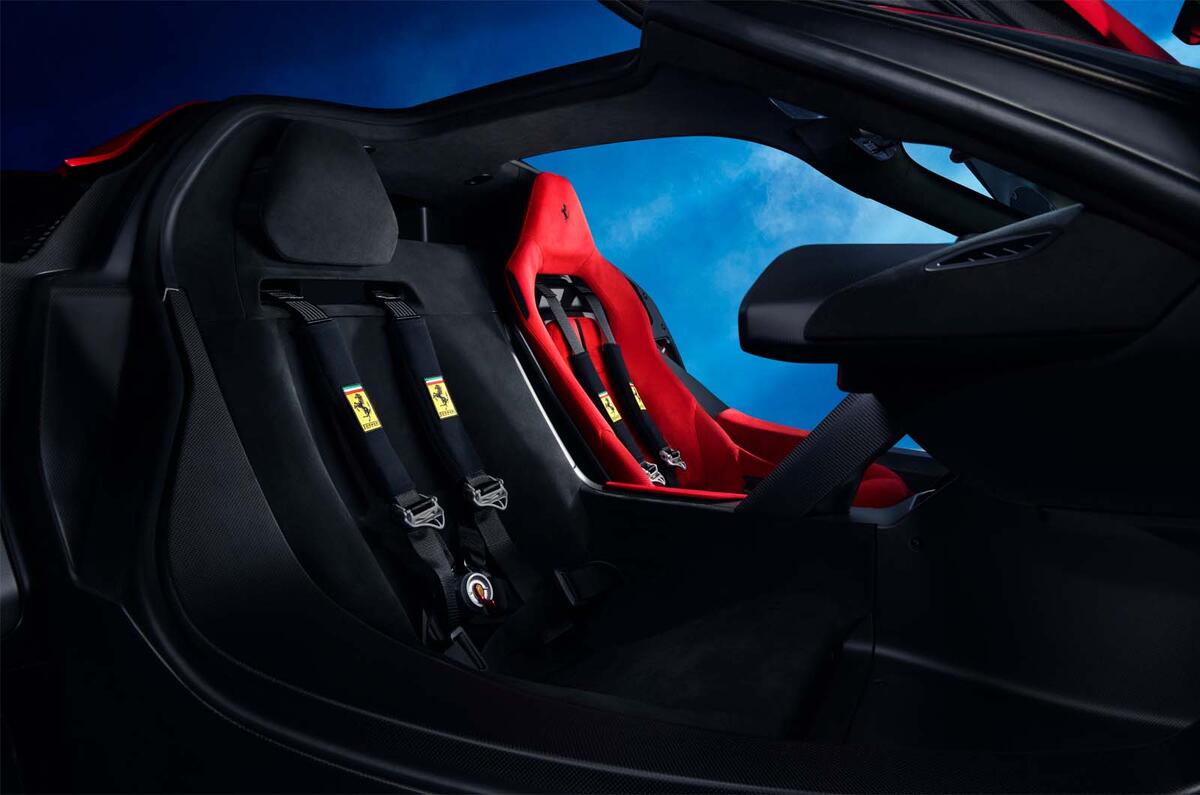
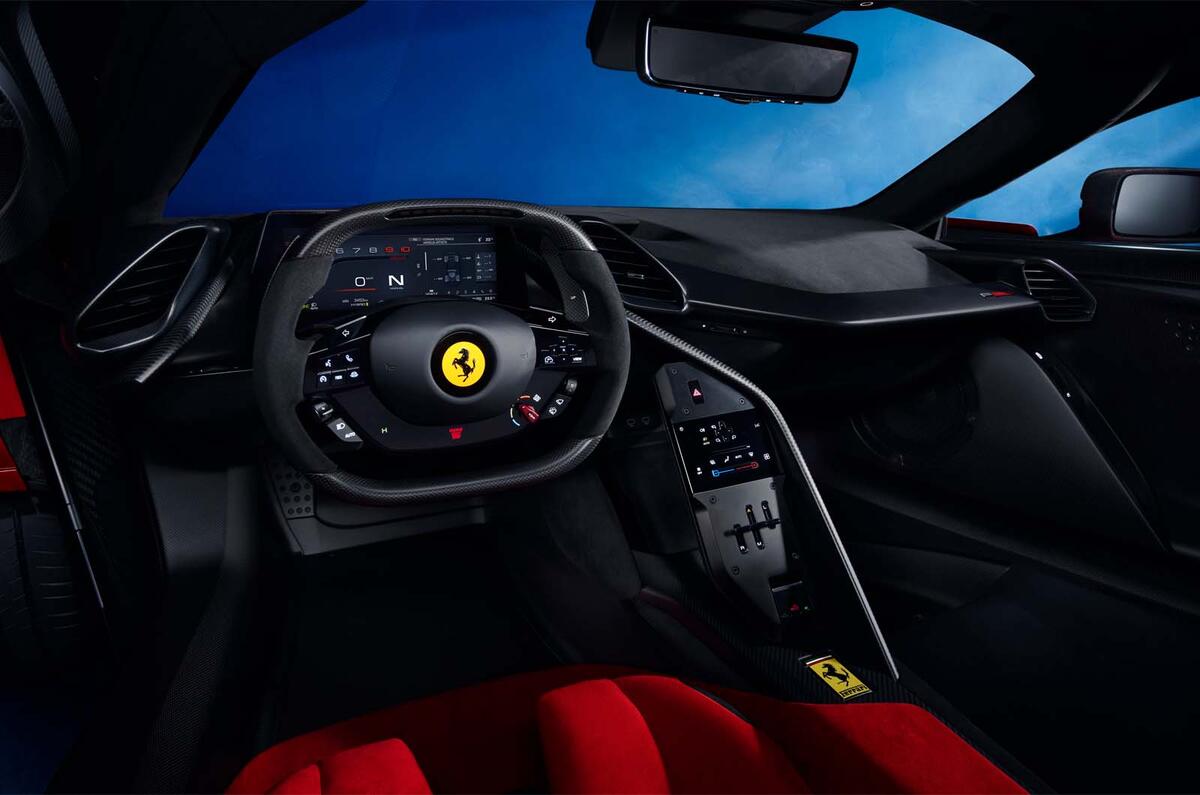
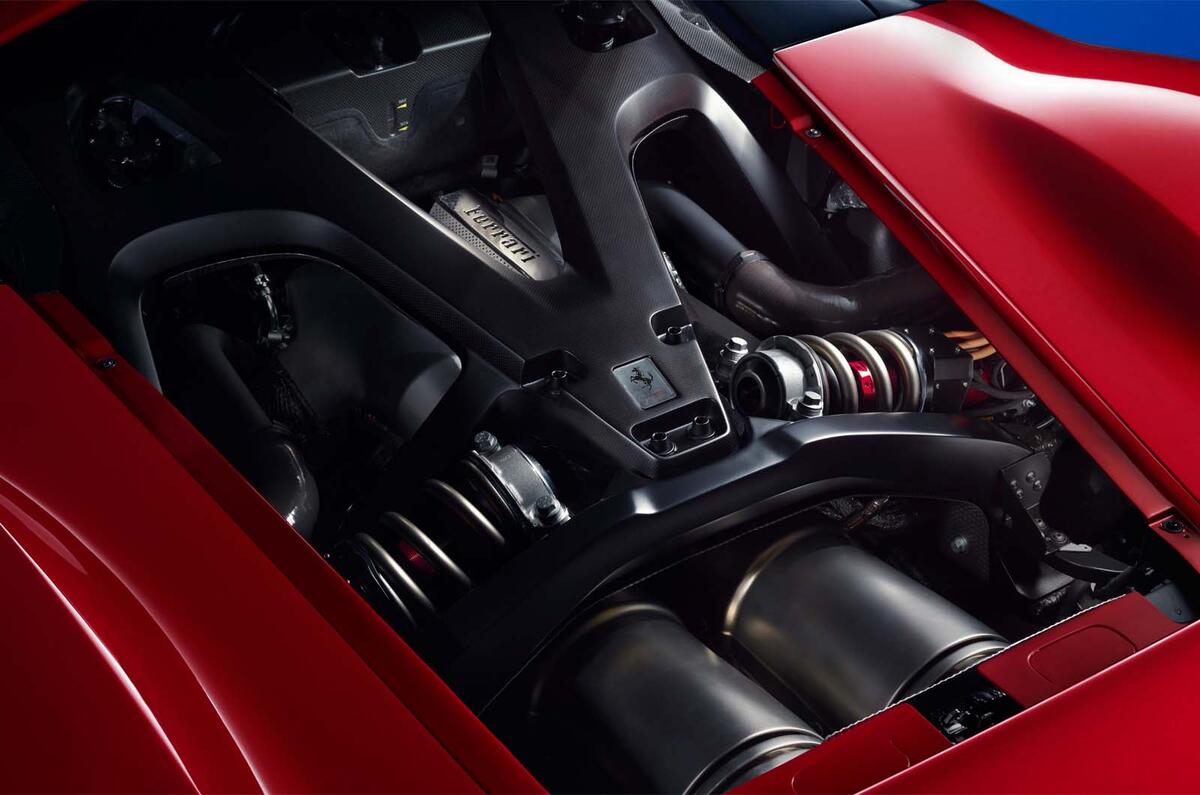
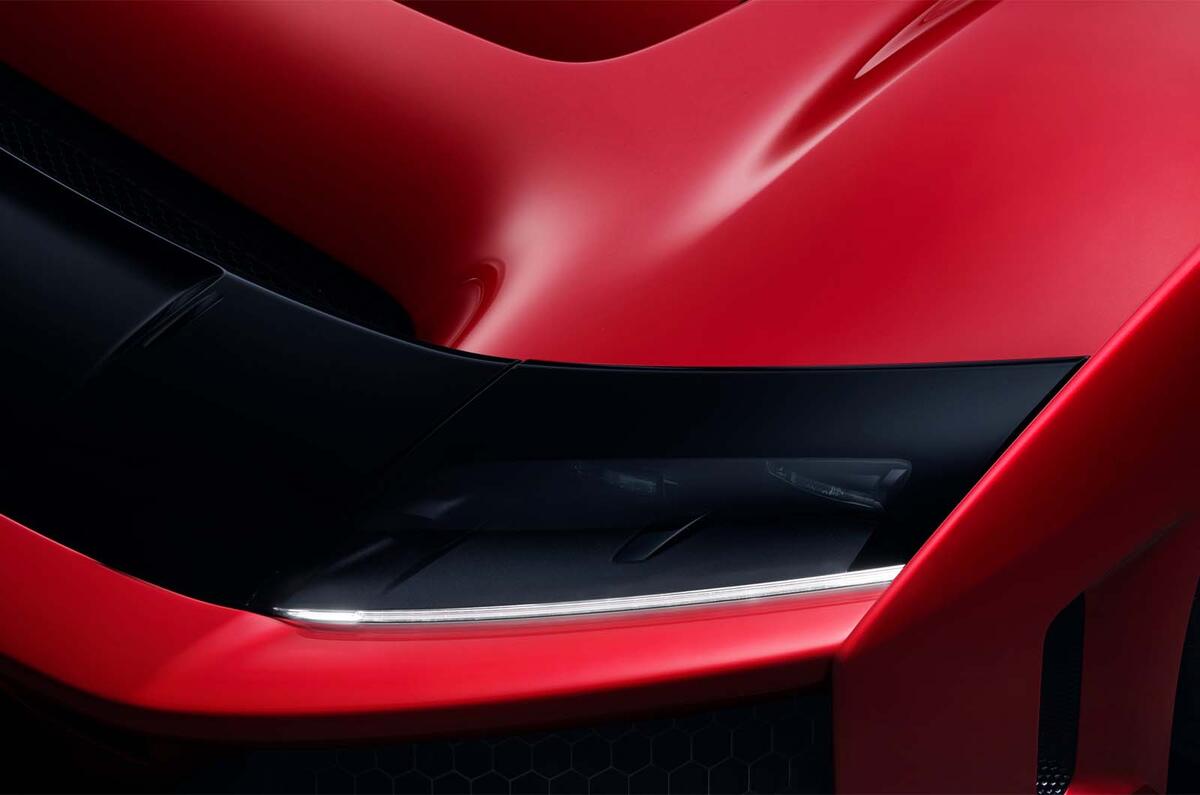








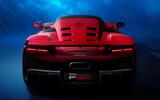


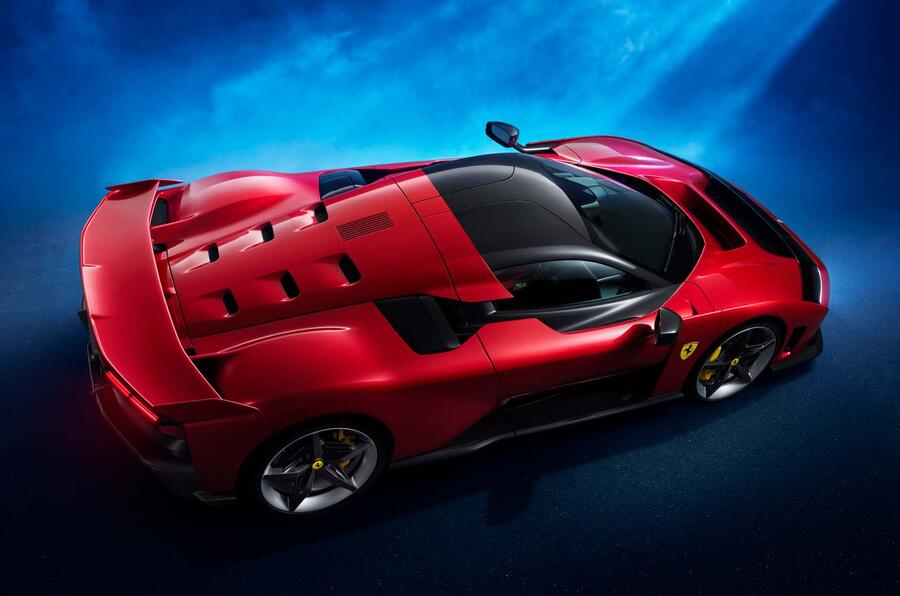
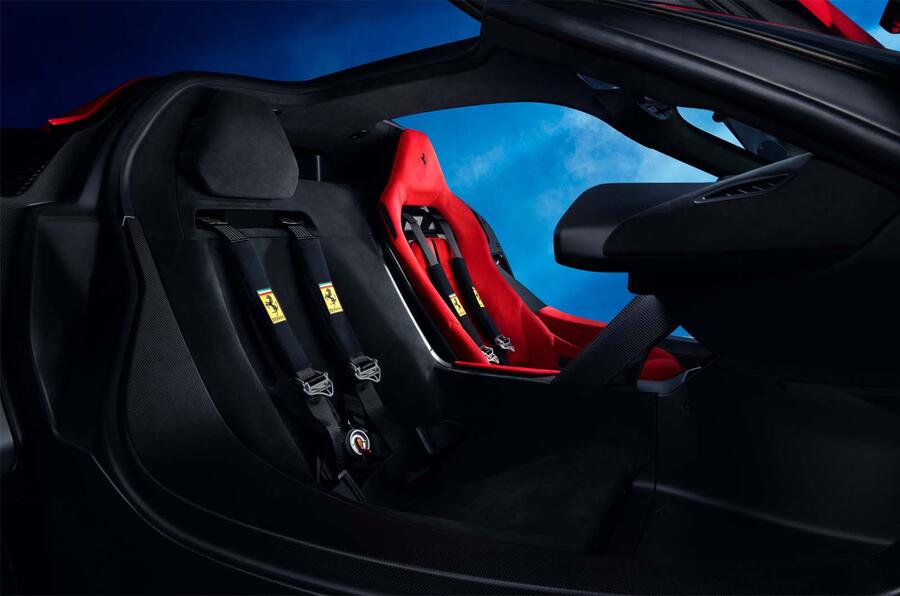



Join the debate
Add your comment
There all pre sold, so most will hardly turn a wheel, the Sultan of Brunei will probably get five for his collection, most will never see a public road, would you take your out on a UK road?, you have to admire Ferrari and other Supercar makers for building such amazing looking cars,yes, they're impractical,but that's not the point,they make you smile, make you stop and stare when you see one,and it's vulgar to drag money into this, if you can afford it, if you want one, why should the negative statements posters put up influence you?
They've built a freaking spaceship for the road! FUCK YEAH!!!
Whatever, I suppose there be ten-year olds with pictures of it on the wall. I'd be a lot more excited by a new Ferrari Dino, preferably small, nimble and with more legroom than the 246.